Auctions
Omega Museum to Bid On Author Ralph Ellison’s Speedmaster Ref. ST 145.012
Historical Significance
The historical significance that we the watch collecting community most readily attribute to the hallowed Speedmaster, is its role in the NASA missions to the moon. Hence its well-earned moniker, the Moonwatch. If you’re not terribly familiar with this story there, here are the cliff notes.
James H. Ragan, retired NASA Project Engineer and Program Manager and Petros Protopapas, Omega International Brand Heritage Manager chronicles in the tome Moonwatch Only, that in the lead-up to the Gemini missions, the Agency saw the need to “test, select and certify” a complete array of standard equipment for the astronauts’ use. One such equipment on the list was originally a request that was made by the astronauts themselves, “a watch for use during training and flight.”

NASA’s test engineer, Jim Ragan putting the Speedmaster through its paces at NASA
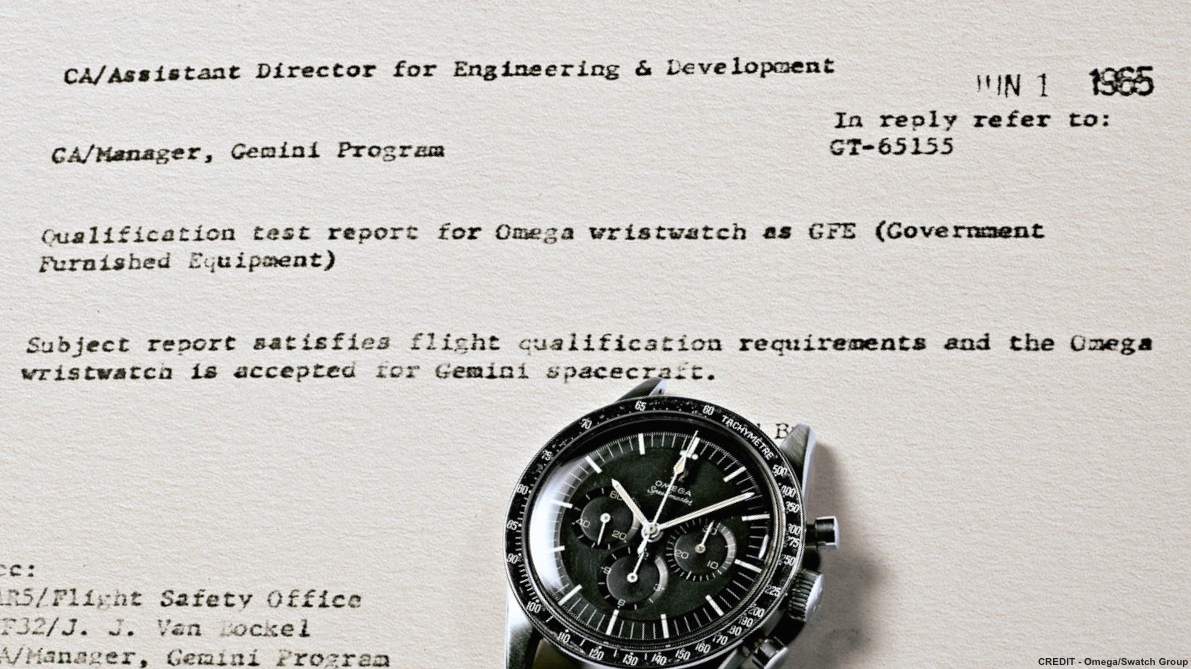
From NASA’s Gemini Program documentation certifying the Speedmaster 105.003: “Subject report satisfies flight qualification requirements and the Omega wristwatch is accepted for Gemini spacecraft.” (Image: Omega)
Three brands responded in time for NASA to take the proposed timepieces onboard for testing. These watches were: a Longines-Wittnauer 235T, a Rolex chronograph reference 6238 and, lastly, an Omega Speedmaster reference 105.003. Curious thing to point out here is that the Speedmaster used Omega’s own version of the Lemania 2310 movement, which is the Calibre 321. Whereas the Rolex and Longines timepieces used their own versions of the Valjoux 72.
The rest, as we now know is history, with the Speedmaster having survived NASA’s battery of tests before it could be marked, “Flight Qualified for all Manned Space Missions” on June 1, 1965. The references of the Speedmaster that eventually went to the Moon, specifically were the 105.012 and the 145.012. Both references, therefore, were worn on the lunar surface during the missions of Apollo 11, 12, 14, 15, 16 and 17. And as well on board the ill-fated Apollo 13 mission.
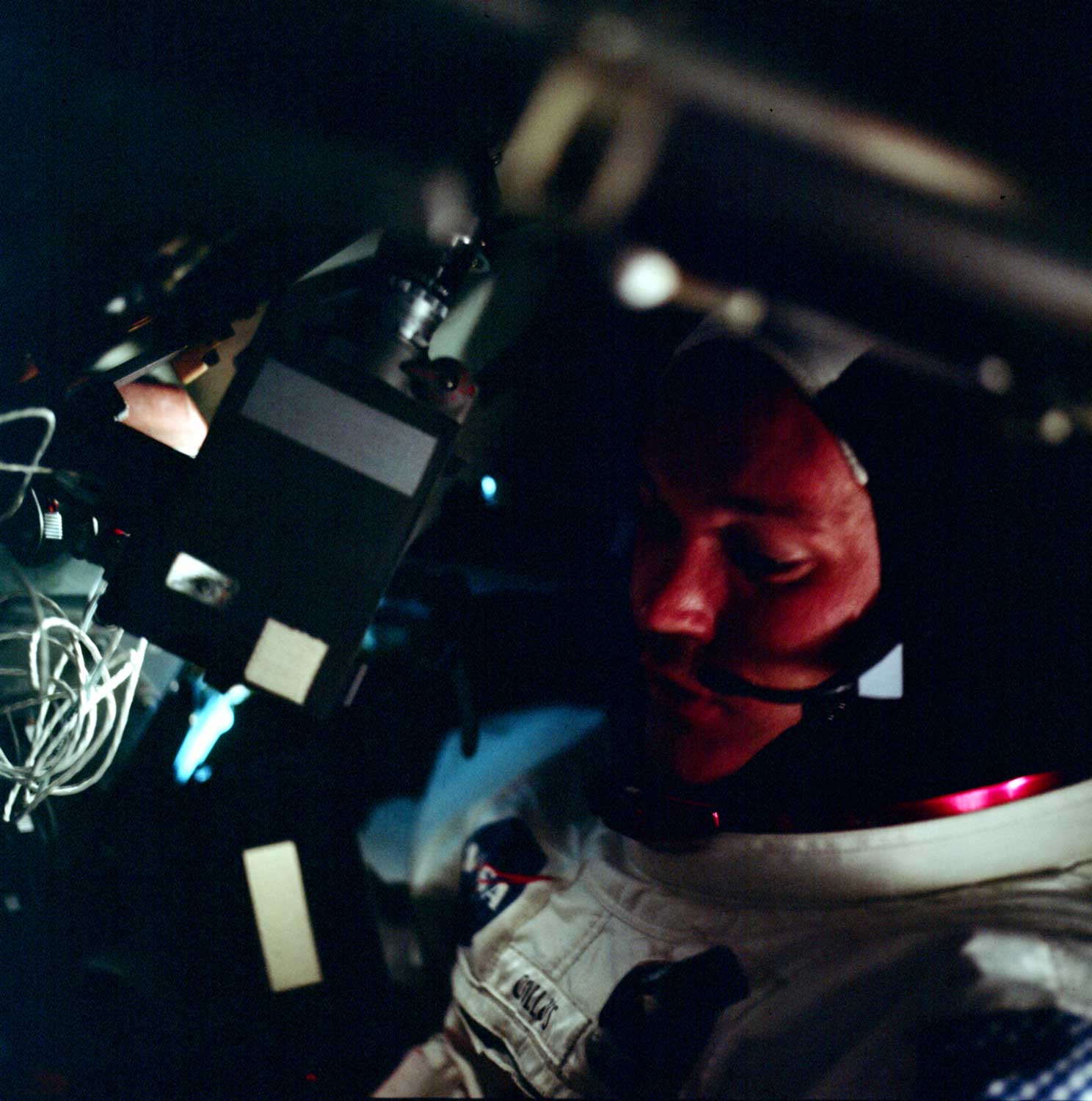
Command Module Pilot Michael Collins is known to have worn a Speedmaster 145.012 on his wrist during the Apollo 11 flight; he remained in the orbit around the moon while Aldrin and Armstrong landed on the moon's surface on the Lunar Module (NASA.gov)
Who is Ralph W. Ellison
Familiar as we may be with the Speedmaster’s association with the Lunar missions, you have to wonder how many other incredible stories the watch has been a part of, considering the fact that Omega has kept the chronograph in production for 64 years. One such story has surfaced lately, thanks to the watch itself having set out for auction at Phillips Watches’ 2021 year-end sale in New York.
The timepiece in focus here is Lot 138, a ref. 145.012 that was once the property of Ralph W. Ellison, a 20th century American writer and scholar best known for his renowned, award-winning novel ‘Invisible Man.’
To understand the man the writer was in life and why his continues to be important in the literary landscape, here are a few interviews and recordings that we’d like to recommend you watch.
Reading Invisible Man with the added lens of a watch enthusiast, watches, clocks, and time are clear motifs appearing throughout the novel. Used as props during key narratives, they are detailed with such nuanced understanding that it’s clear that Ellison was familiar with and perhaps even intrigued by timekeeping and timekeepers. Later in the novel, after receiving Brother Tarp’s leg shackles from his prison sentence, the narrator muses on this unlikely yet deeply poignant gift:
“I looked at the dark band of metal against my fist and dropped it upon the anonymous letter. I neither wanted it nor knew what to do with it; although there was no question of keeping it if for no other reason than that I felt that Brother Tarp’s gesture in offering it was of some deeply felt significance which I was compelled to respect. Something perhaps, like a man passing on to his son his own father’s watch, which the son accepted not because he wanted the old-fashioned timepiece for itself, but because of the overtones of unstated seriousness and solemnity of the paternal gesture which at once joined him with his ancestors, marked a high point of his present, and promised a concreteness to his nebulous and chaotic future. And now I remembered if I had returned home instead of coming north my father would have given me my grandfather’s old-fashioned Hamilton, with its long burr-headed winding stem.”
Not only did Ellison understand the connotation of hereditary significance watches can have – keeping in mind Ellison’s own father died when he was quite young – and the emotional weight they can carry, he could speak of specific watches eloquently and descriptively.
As a man apart from time, “aloof” like one of his idols Faulkner, he endured criticism for not conforming to what is expected of him. After the success of Invisible Man, he spends time lecturing both nationally and internationally, writing short stories and critical essays, and humbly accepting the gamut of literary distinctions. He is an avid musician, particularly jazz, and photographer – a Hasselbad to be exact – a dog enthusiast, a cigar aficionado. His home on the Upper West Side overlooking Riverside Park is filled with African idols, framed prints, thousands of books and clippings. He wears impeccably tailored suits and tuxedos, and a well-groomed moustache. On his wrist, beginning in the summer of 1968, an Omega Speedmaster reference 145.012-67 – the present lot.
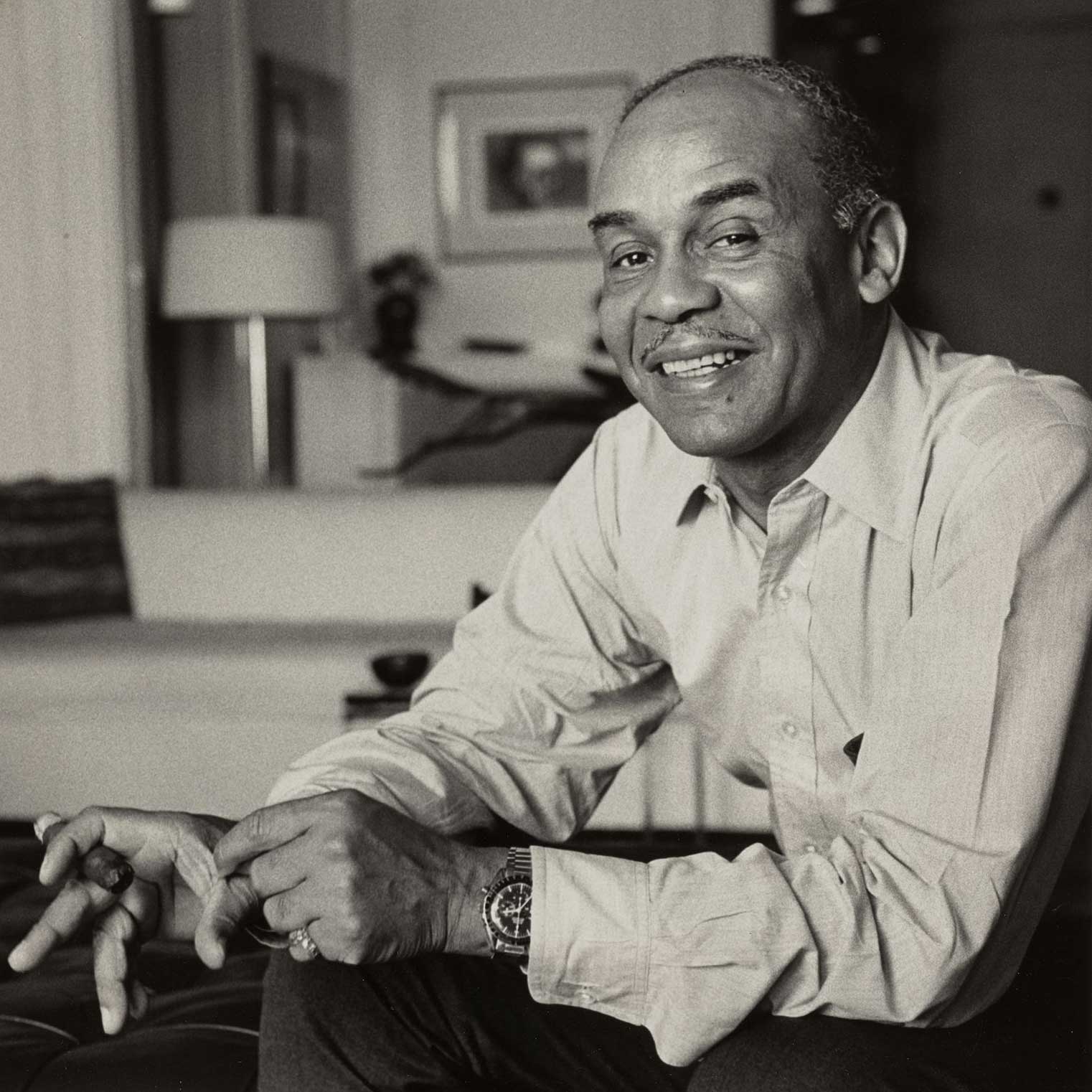
Ralph W. Ellison, 20th century American writer and scholar best known for his renowned, award-winning novel 'Invisible Man.' (Image: © NANCY CRAMPTON. RALPH ELLISON PAPERS, PRINTS & PHOTOGRAPHS DIVISION, LIBRARY OF CONGRESS)
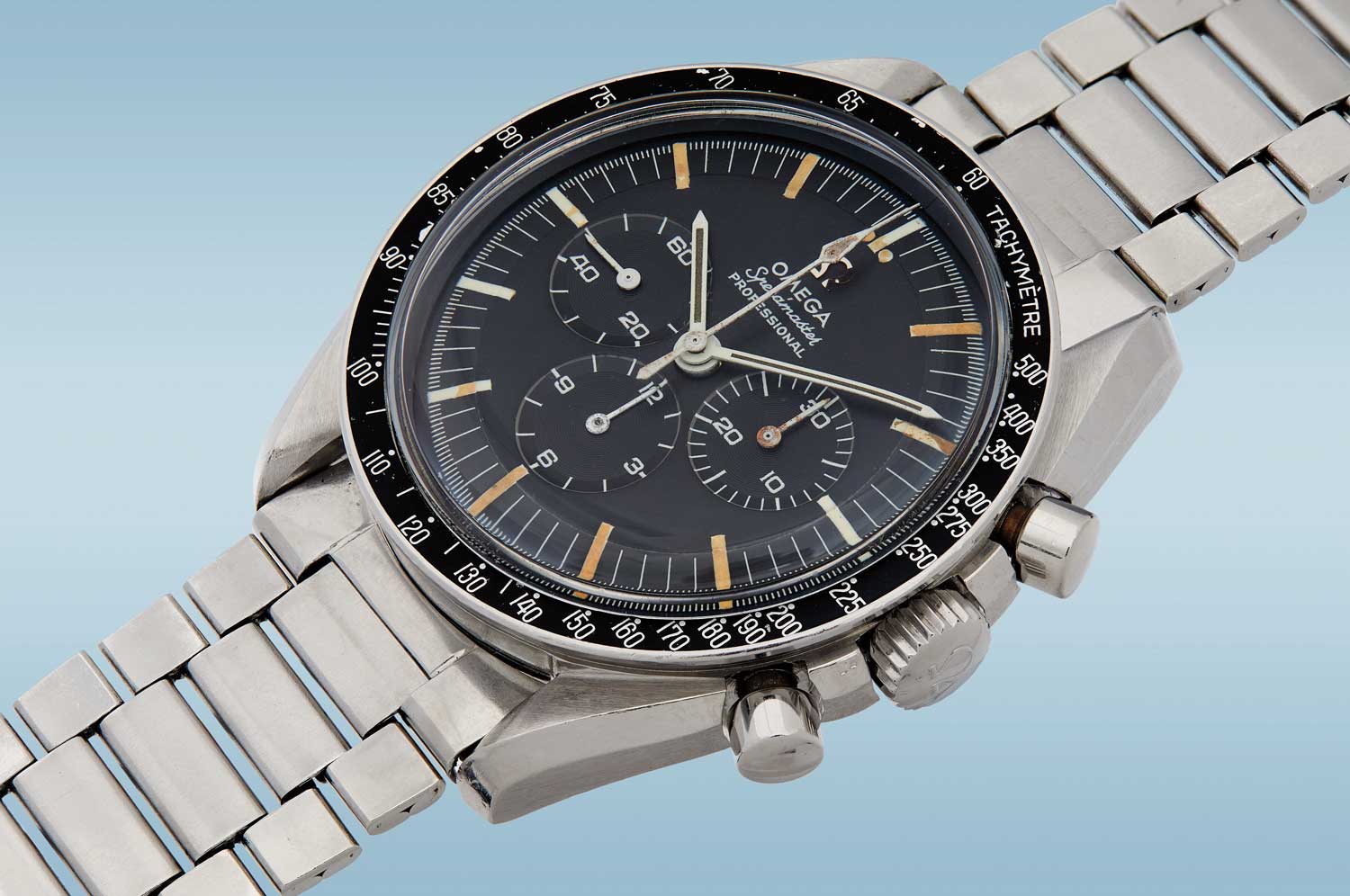
Ralph Ellison's Speedmaster 145.012, offered for auction with Phillips Watches at their 2021 December sale in New York (Image: Phillips.com)
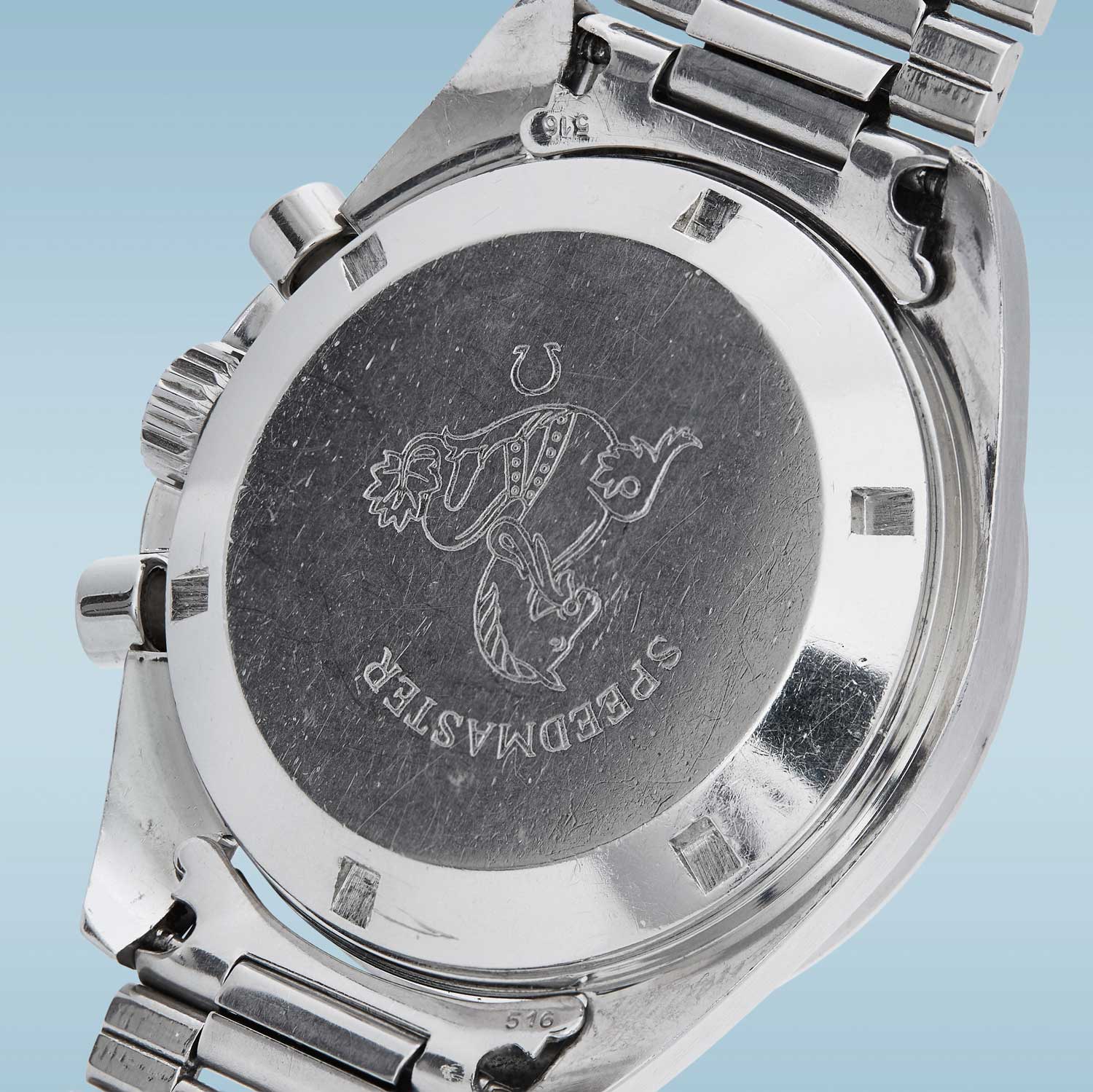
Ralph Ellison's Speedmaster 145.012, offered for auction with Phillips Watches at their 2021 December sale in New York (Image: Phillips.com)
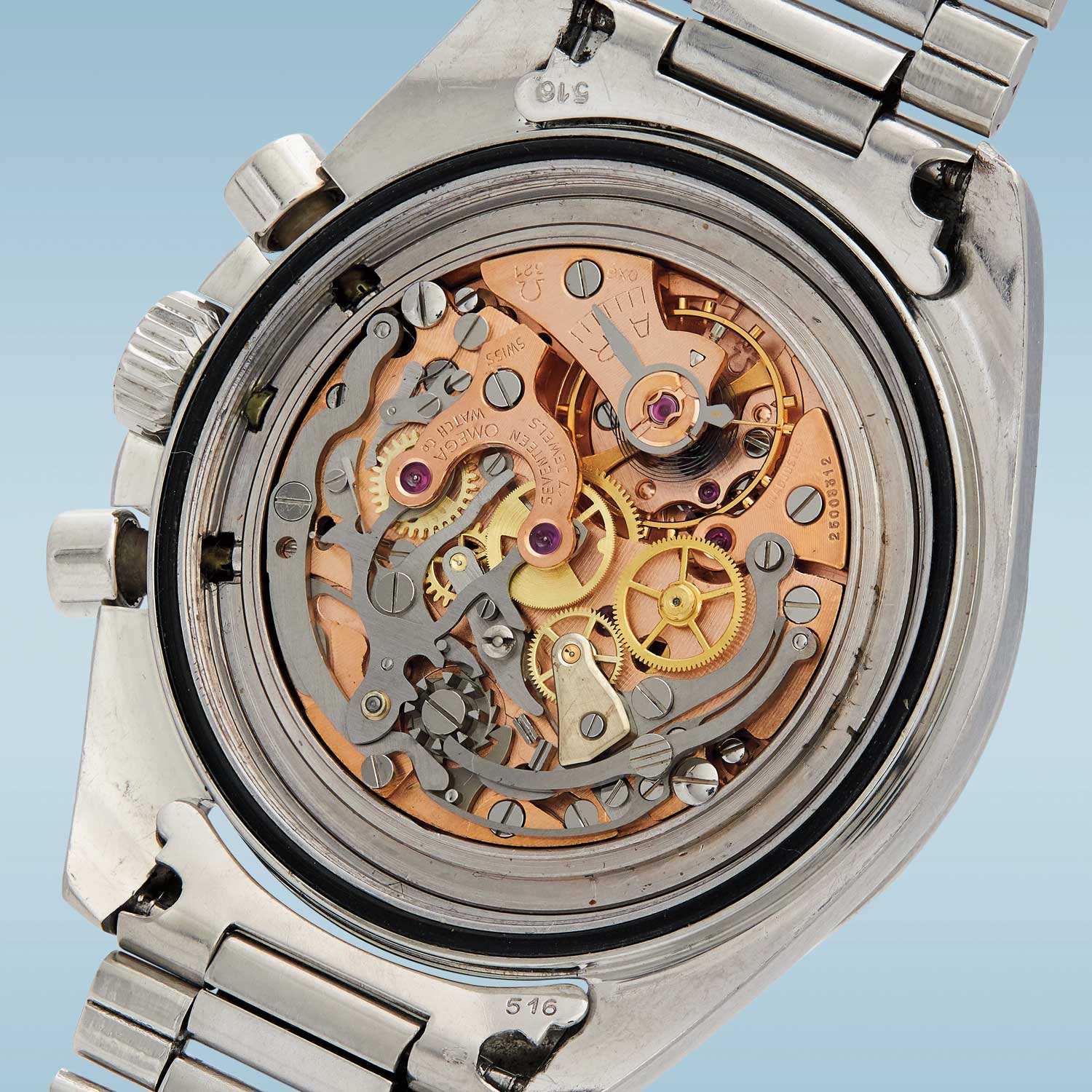
Ralph Ellison's Speedmaster 145.012, offered for auction with Phillips Watches at their 2021 December sale in New York (Image: Phillips.com)
Phillips also states that the consignor enlisted the help of renowned journalist Michael Clerizo who managed to uncover within the Ralph Ellison Archives kept at the Library of Congress, copies of Ralph Ellison and his wife’s insurance statements where the exact serial number of the watch had been consistently recorded.
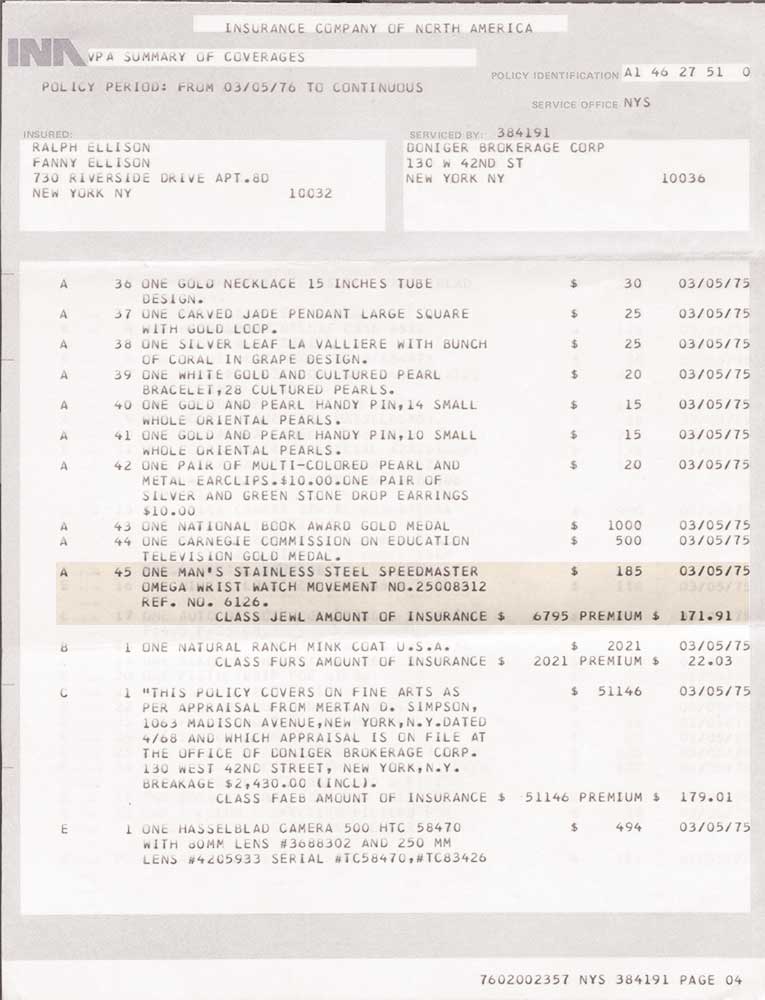
Uncovered within the Ralph Ellison Archives kept at the Library of Congress, copies of Ralph Ellison and his wife’s insurance statements where the exact serial number of his Speedmaster 145.012 had been consistently recorded (Image: Phillips.com)
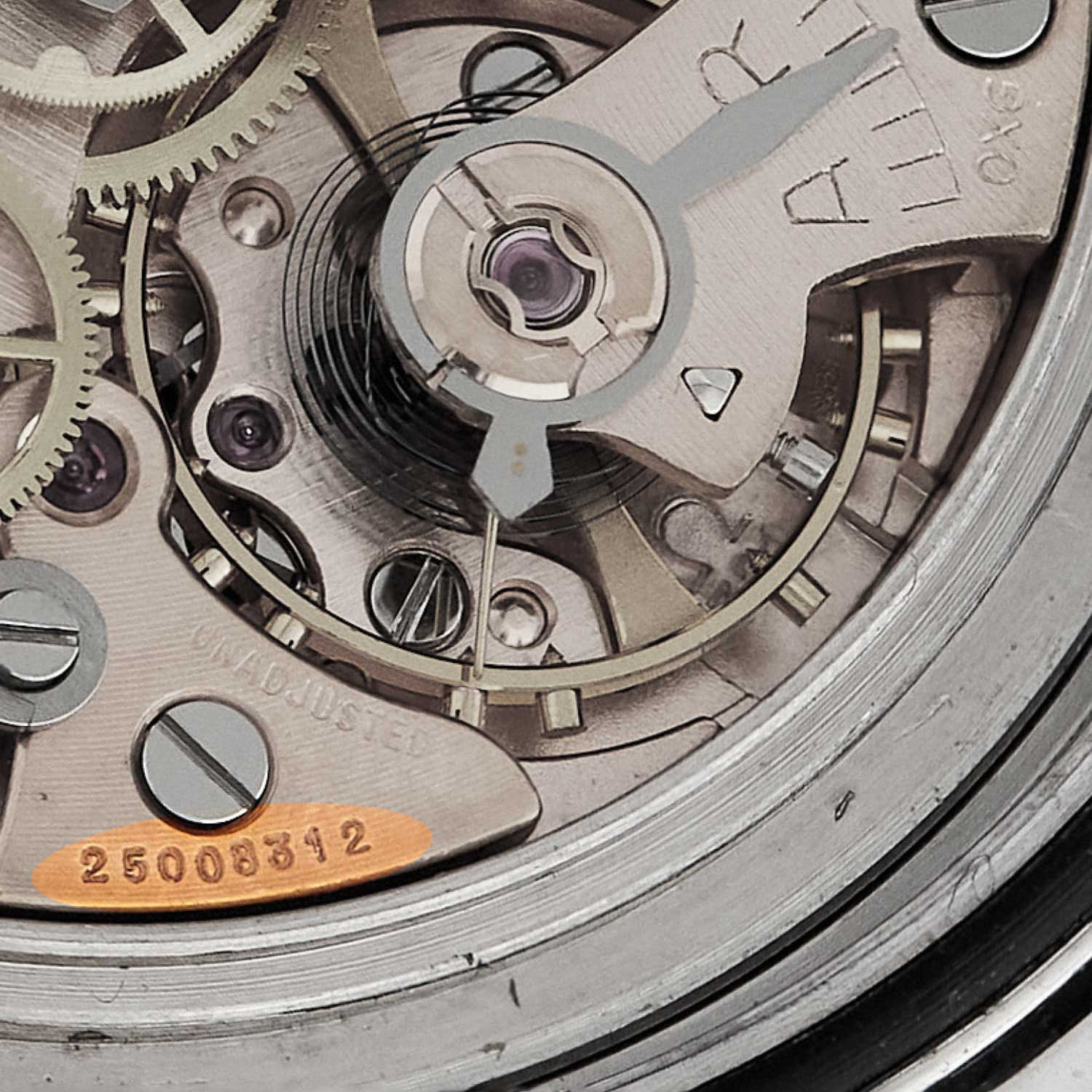
Uncovered within the Ralph Ellison Archives kept at the Library of Congress, copies of Ralph Ellison and his wife’s insurance statements where the exact serial number of his Speedmaster 145.012 had been consistently recorded (Image: Phillips.com)
But Omega isn’t stopping just at research. Having recognised the authenticity of the timepiece and its significance, the OMEGA Museum will be on site in New York to bid for the Speedmaster.
Lot 138 at the 2021 Phillips New York Watch auction is to be offered at session 2 of the sale on December the 12th at 432 Park Avenue, New York, NY, United States, 10022. Estimate on the lot is listed at the moment at a conservative USD 10,000 – 20,000.
More details: phillips.com










